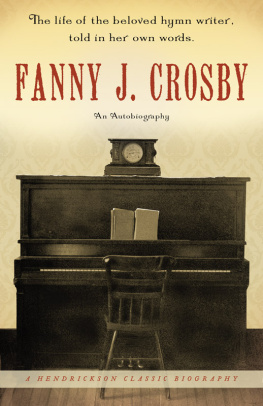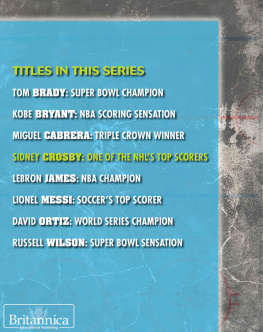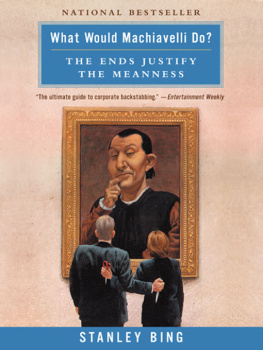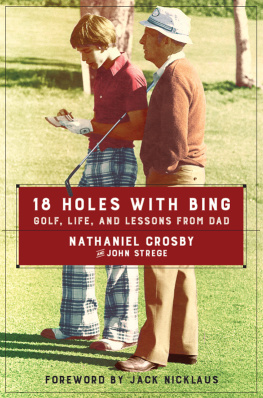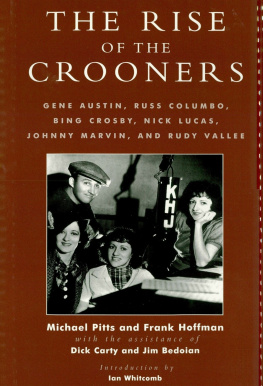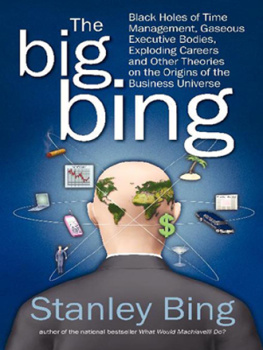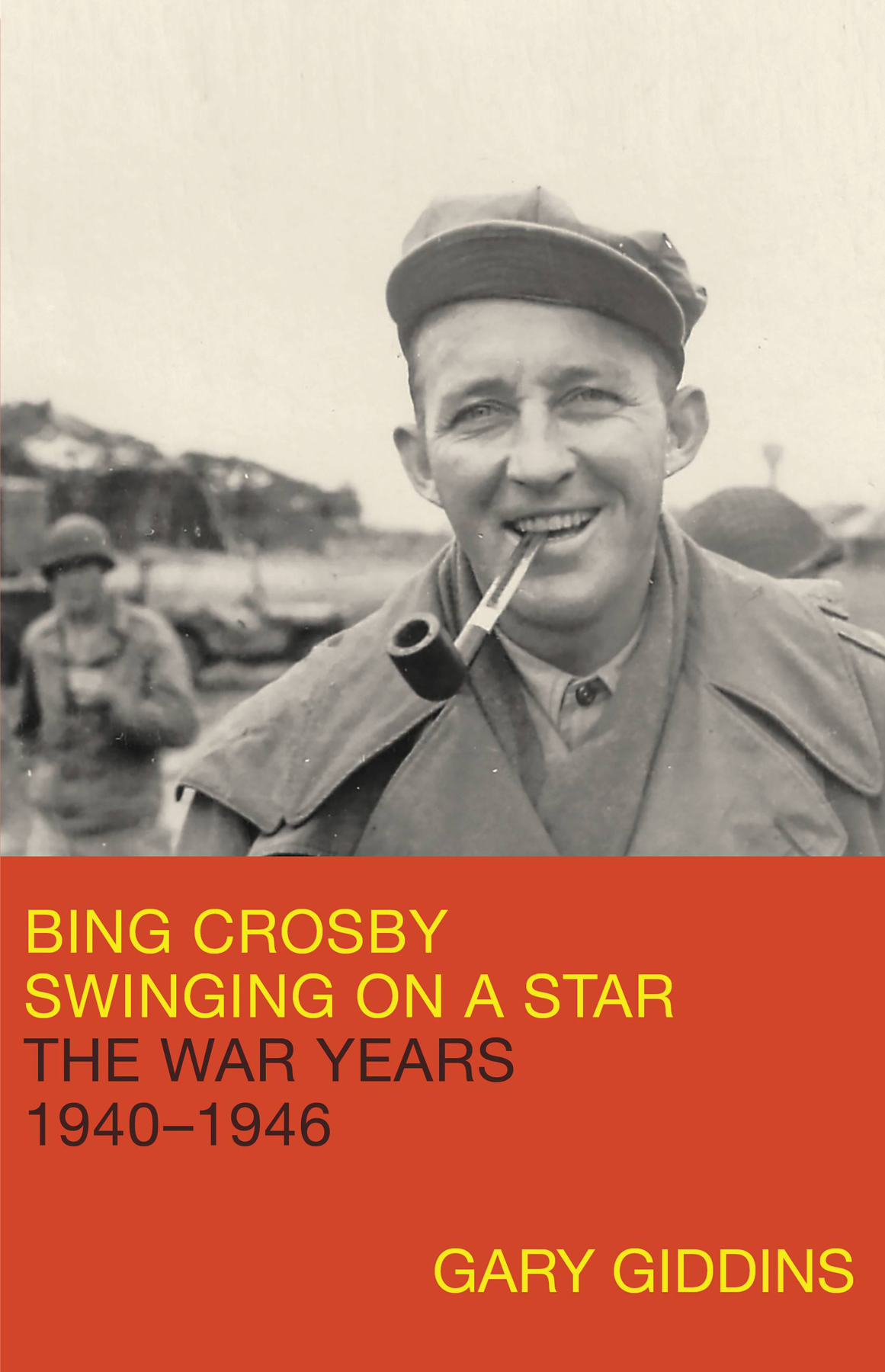Copyright 2018 by Gary Giddins
Cover photograph courtesy of HLC Properties, Ltd.
Author photograph by Herman Leonard
Cover 2018 Hachette Book Group, Inc.
Hachette Book Group supports the right to free expression and the value of copyright. The purpose of copyright is to encourage writers and artists to produce the creative works that enrich our culture.
The scanning, uploading, and distribution of this book without permission is a theft of the authors intellectual property. If you would like permission to use material from the book (other than for review purposes), please contact permissions@hbgusa.com. Thank you for your support of the authors rights.
Little, Brown and Company
Hachette Book Group
1290 Avenue of the Americas, New York, NY 10104
littlebrown.com
First ebook edition: October 2018
Little, Brown and Company is a division of Hachette Book Group, Inc. The Little, Brown name and logo are trademarks of Hachette Book Group, Inc.
The publisher is not responsible for websites (or their content) that are not owned by the publisher.
The Hachette Speakers Bureau provides a wide range of authors for speaking events. To find out more, go to hachettespeakersbureau.com or call (866) 376-6591.
ISBN 978-0-316-41235-3
E3-20180917-JV-PC
For Deborah, Lea, and Alice
Some have spoken of the American Century. I say that the century on which we are enteringthe century that will come out of this warcan and must be the century of the common man.
Henry Wallace, The Price of Free World Victory (1942)
Neither appealing to the listener nor ignoring him, the cool performer speaks to him from inside the listeners head. The voice may be Olympian or diabolical, but it is always superior and always calm. It is often ironic. It knows the listener inside out.
Evan Eisenberg, The Recording Angel (1987)
He had read almost all the important plays and novels in the world; compared to them, the new plays and books seemed thin. But movies seldom disappointed him; moreover, he liked the despised Hollywood pictures. Their repetitiousness, their total emptiness of intellectual content, their copybook moralities, their large implausible lying, their nave licentiousness, did not bother him at all; in these childlike qualities they exactly resembled the Arabian Nights, and like the Arabian Nights, Hollywood pictures seemed to him part of one ever-running endlessly involuted rainbow-hued dream.
Herman Wouk, Youngblood Hawke (1962)
That is the substance of rememberingsense, sight, smell: the muscles with which we see and hear and feelnot mind, not thought: there is no such thing as memory: the brain recalls just what the muscles grope for: no more, no less: and its resultant sum is usually incorrect and false and worthy only of the name of dream.
William Faulkner, Absalom, Absalom! (1936)
Its a pretty old air, said Mr Dedalus, twirling the points of his mustache. Ah, but you should have heard Mick Lacy sing it! Poor Mick Lacy! He had little turns for it, grace notes that he used to put in that I havent got. That was the boy who could sing a come-all-you, if you like.
James Joyce, A Portrait of the Artist as a Young Man (1916)
Bing Crosby was born Harry Lillis Crosby on May 3, 1903, the fourth of seven siblings, in Tacoma, Washington. Three years later, the family moved inland to Spokane and a two-story house across the way from Gonzaga University. His father, Harry Lowe Crosby, a bookkeeper whose Danish-Anglican family had deep roots in America, almost as far back as the Mayflower, was depicted by his son as a hail-fellow-well-met character who liked to sing and strum a mandolin. His mother, Catherine Helen Crosby (ne Harrigan), was a devout Catholic and a hard-line disciplinarian whose Irish ancestors went to Canada in 1831 and gradually moved to the United States and westward to Washington. Bing won his nickname in third grade as a dedicated fan of a syndicated feature, The Bingville Bugle, which parodied a hillbilly newspaper in drawings and news flashes. At Gonzagas high school and university, he excelled in elocution, Latin, English, history, and Christian doctrine. He held a series of before- and after-school jobs, including altar boy and sweeper at a skid-row flophouse, and he found his passion in sports and entertainment.
Crosby dropped out of Gonzaga in his last year of law school when he began earning money as a performer. He had been scouted by a high school kid, Al Rinker, to play drums in his band, the Musicaladers. He offered to sing, too. They built a dance-hall following, and when the band broke up, Rinker (a pianist) and Crosby found work as a duo. With Als sister, the jazz singer Mildred Bailey, beginning her career in Los Angeles, they bought a Model T and drove down the coast. With her encouragement, Bing ditched his drums, and the two men found work on West Coast vaudeville circuits. Betting on a hunch, the formidable Paul Whiteman hired them to work with his orchestra, bringing them to New York, where they flopped until they found a third partner, songwriter Harry Barris, and called themselves the Rhythm Boys. They were a Jazz Age phenomenon, swinging, funny, hard-playing, hard-drinking. Whiteman brought them back to Hollywood to appear in the film King of Jazz. On their own, they triumphed at the Cocoanut Grove, where Bing met his future wife, starlet Dixie Lee, and the fabled Mack Sennett, who in 1931 featured him in a series of two-reelers. That year he was also recruited by CBS to star in a network series, the success of which led to his record-breaking tenancy at New Yorks Paramount Theater and the national obsession with a new microphone-savvy style of singing called crooning. At Dixies insistence, Crosby stopped drinking. Paramounts 1932 picture The Big Broadcast launched him as a film actor; NBCs Kraft Music Hall reinforced his eminence on the air; a handshake agreement with Jack Kapp led to the formation of Decca Records and Crosbys unrivaled career as a recording artist. He became the voice of the Depression and the recovery. At the start of a new decade, he and Dixie had four sons and a majestic home. He had a new movie partner in the recently imported Broadway comedian Bob Hope. Crosby was rich, powerful, beloved. His life was exemplary. All the fan magazines said so.
May 1927. From a letter to Bobbe Brox, on tour in Philadelphia with the Brox Sisters, written in New York while Bing Crosby worked with the Paul Whiteman orchestra:
Im sick of this town, the inhabitants thereof, and the appurtenances thereto. Work day and nite, with no opportunity for any healthy recreation and only able to find amusement in the solace of rum with its subsequent discomforts. I got a strong yen on to get from here, preferably coast work and unless things take an unlooked turn for the better shall gratify said yen.
Business at the club is a bit sad and the same is true of the show. It appears as tho the 1st of June will find both jobs terminated, praise God! And then I believe we go into the Paramount for 10 weeks. Imagine the unalloyed pleasure of 5aday in Midsummer in New York. No golf, no ball games. Odzooks! Tis most disconcerting.
I might run down there next week if I can make it. If you come to town dont neglect to call me. Hope the surroundings in staid Phillie have quieted down your urge for companionship and revelry.
Lotsa Love


